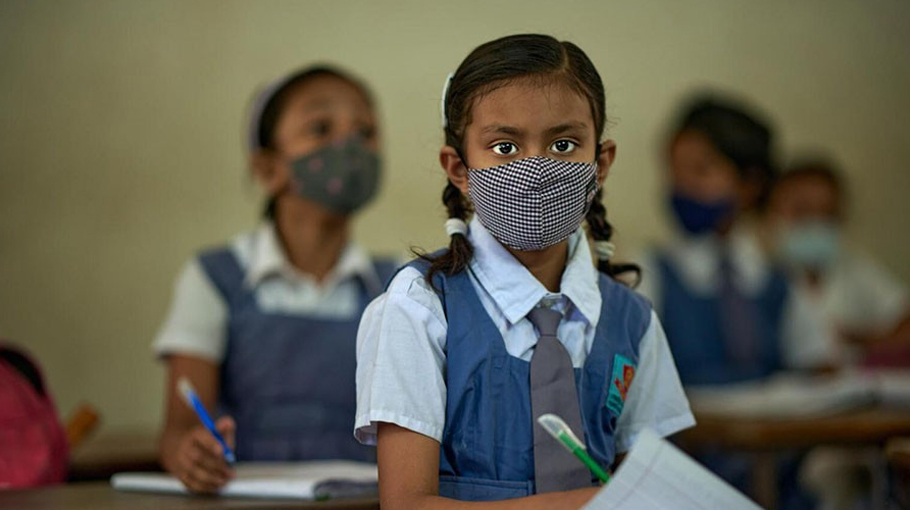Coronavirus Pandemic
37m kids’ education disrupted in country

In Bangladesh, 37 million children’s education was disrupted due to Covid-19 pandemic. However, more than 635 million students globally remain affected for full or partial school closures.
As the Covid-19 pandemic nears its two-year mark, Unicef shared the latest available data on the impact of the pandemic on children's learning on the International Day of Education on Monday.
In Bangladesh, schools reopened in September 2021 after a closure of almost one and half years. The government announced a new restriction regarding school closure recently. All educational institutions have been remaining shut from January 23 to February 6, 2022 due to the surge of the coronavirus.
“Closing schools must be a temporary measure of last resort in the Covid-19 response. Schools should be among the last institutions to close, and among the first to reopen, as we put in measures to tackle infection waves,” said Sheldon Yett, Unicef Representative to Bangladesh.
“In March, we will mark two years of Covid-19-related disruptions to global education. Quite simply, we are looking at a nearly insurmountable scale of loss to children’s schooling,” said Robert Jenkins, Unicef Chief of Education.
“While the disruptions to learning must end, just reopening schools is not enough. Students need intensive support to recover lost education. Schools must also go beyond places of learning to rebuild children’s mental and physical health, social development and nutrition, Robert Jenkins added.”
According to Unicef statement, children have lost basic numeracy and literacy skills. Globally, disruption to education has meant millions of children have significantly missed out on the academic learning they would have acquired if they had been in the classroom, with younger and more marginalized children facing the greatest loss.
In low- and middle-income countries, learning losses to school closures have left up to 70 per cent of 10-year-old children unable to read or understand a simple text, up from 53 per cent pre-pandemic.
In Ethiopia, primary school children are estimated to have learned between 30 to 40 per cent of the math they would have learned if it had been a normal school year.
In the US, learning losses have been observed in many states including Texas, California, Colorado, Tennessee, North Carolina, Ohio, Virginia and Maryland. In Texas, for example, two thirds of children in grade 3 tested below their grade level in math in 2021, compared to half of children in 2019.
In several Brazilian states, around 3 in 4 children in grade 2 are off-track in reading, up from 1 in 2 children pre-pandemic. Across Brazil, 1 in 10 students aged between 10 and 15 reported they are not planning to return to school once their schools reopen.
In South Africa, some 400,000 to 500,000 students reportedly dropped out of school altogether between March 2020 and July 2021.
Follow-on consequences of school closures are on the rise. In addition to learning loss, school closures have impacted children’s mental health, reduced their access to a regular source of nutrition, and increased their risk of abuse.
A growing body of evidence shows that Covid-19 has caused high rates of anxiety and depression among children and young people, with some studies finding that girls, adolescents and those living in rural areas are most likely to experience these problems.
More than 370 million children globally missed out on school meals during school closures, losing what is for some children the only reliable source of food and daily nutrition.





